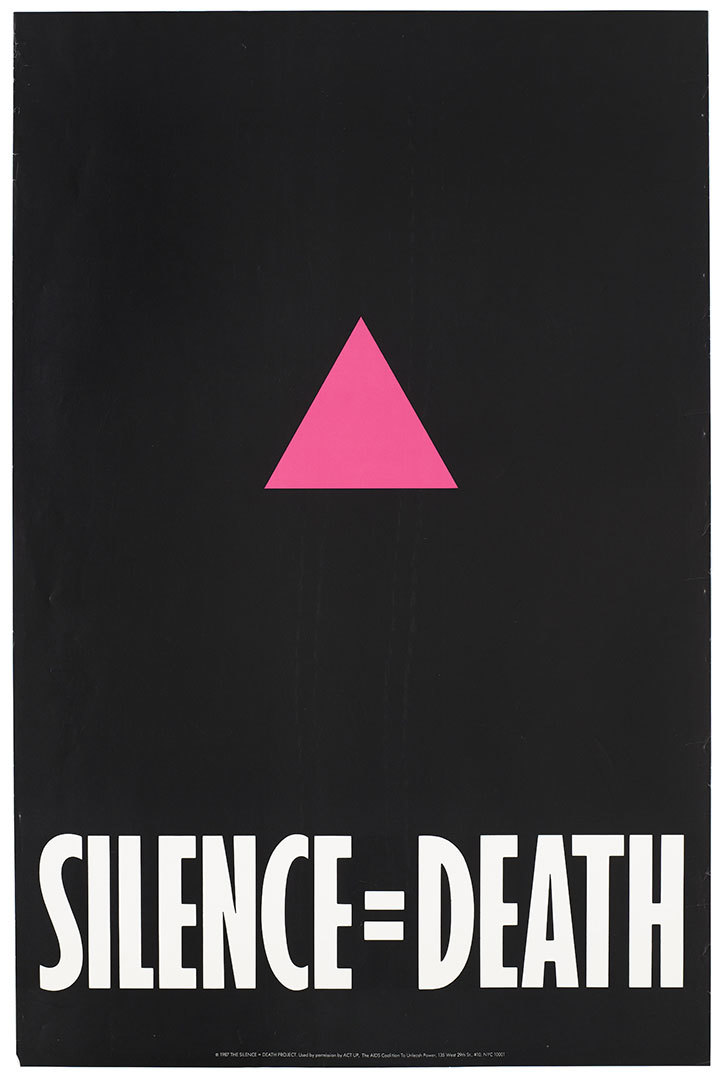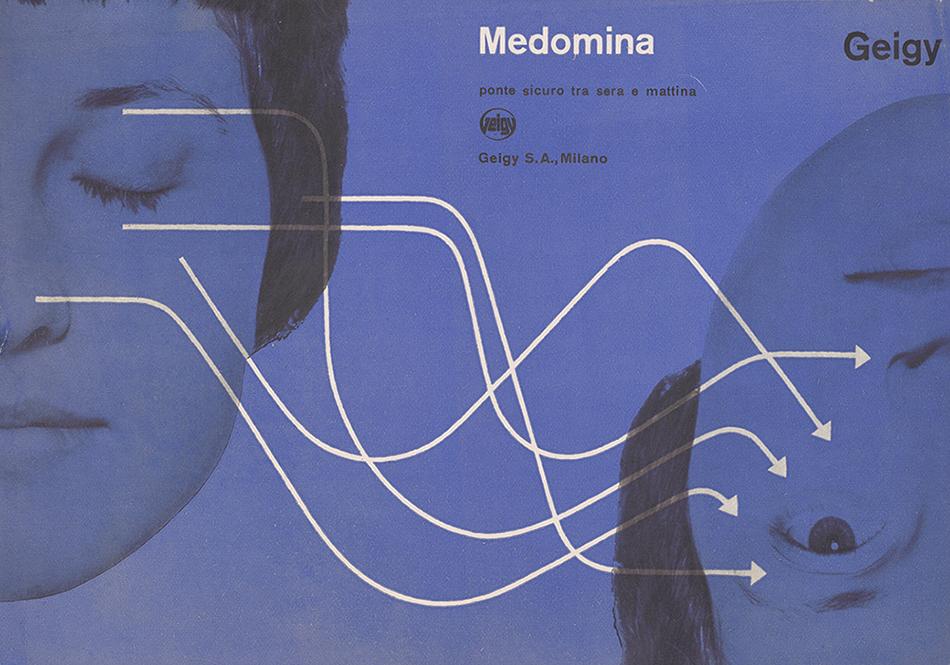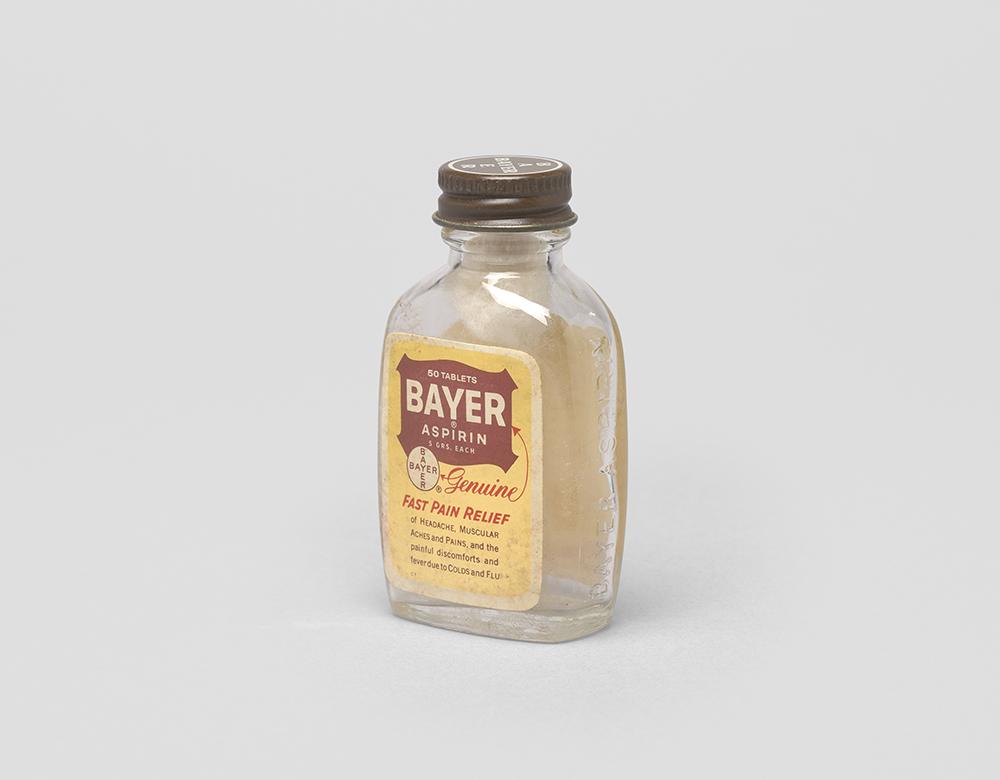Curated by Lucienne Roberts and Rebecca Wright, founders of publishing house GraphicDesign&, with Shamita Sharmacharja at Wellcome Collection, Can Graphic Design Save Your Life? is presented alongside a book of the same name.
Organised into six distinct sections, the exhibition explores the changing role which graphic design has played within the medical, pharmaceutical and health industries. We are exposed to over 200 objects, spanning from 16th century to present day, including a dual-language packaging design, a self-test STD kit and a washable wayfinding system for a hospital in Japan. Fittingly, this exhibition is showing at Wellcome Collection, which explores the connections between medicine, life and art.
The show opens with a section entitled ‘Persuasion’, featuring artefacts which explore the relationship between graphic design and the tobacco industry over the last century. Firstly, we are shown how designers were employed by tobacco companies, such as Lucky Strike in the 1940s, to advertise their products in seductive and stylish ways. It is then evident how, as the dangers of tobacco smoking became more well known, graphic designers switched from helping to promote tobacco companies to offering their creative services to anti-smoking campaigns instead.
Our attention is then turned to the use of graphic design in educating humanity through visuals such as children’s books,16th century fugitive sheets and infographics. The abstract covers of the n + m medical journals, designed by Erwin Poell in the late 1960’s, particularly catches the eye for their striking use of colour. Alongside, in a compelling video interview with health-behaviour strategist David Davenport-Firth, he passionately discusses the latest developments in health apps and touches on the alignment of graphic design, technology and psychology in order to facilitate behavioural change.
In the remainder of the exhibition, we are shown how hospitals have incorporated graphic design in an attempt to foster a less sterile and more user-friendly environment. Branding and marketing strategies from big pharmaceutical companies such as Bayer and Geigy are displayed amongst easily recognisable pharmaceutical icons, such as the green cross and pestle and mortar. In a neighbouring section, an array of cautionary public health posters are displayed as examples of how design has been used to warn against infection.
Whist the title Can Graphic Design Save Your Life? may seem extreme, the exhibition is successful in convincing us that graphic design can be used to convey complex health information in clear and engaging ways. A standout example of this was the UNICEF poster created during the Ebola outbreak in West Africa. What it lacks in aesthetic appeal, it makes up for in its ability to communicate essential public health information to an audience whose literacy levels are low.
Arguably, graphic design has influenced multiple aspects of the health industry and has adapted over time to create solutions that are not only innovative and well-informed, but positively impactful on society. As the show ends, it highlights the notion that designers are more frequently choosing projects on an ethical basis. It is exciting to think of what the future holds for graphic design and the health industry, especially as the two continue to work together alongside innovations in technology.




